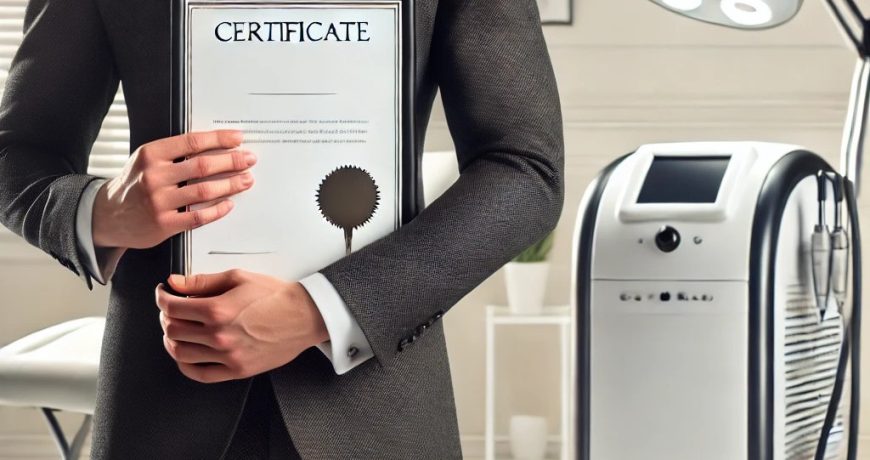Qualifications, Licenses & Insurance For Tattoo Removal
Embarking on a career in laser tattoo removal requires specific qualifications to ensure both proficiency and safety. This page outlines the necessary accredited qualifications to become a certified tattoo removal specialist, guiding you through the essential steps to start your journey in this field.
What Qualifications Do I Need for Tattoo Removal?
For those considering a career in laser tattoo removal, the following VTCT accredited qualifications are necessary:
- Level 3 Anatomy & Physiology
- Level 4 Laser and IPL
- Level 5 Certificate in Laser Tattoo Removal
The Level 3 Anatomy & Physiology qualification is essential for becoming a skilled tattoo removal specialist. This course, which can be completed online, enhances your understanding of the human body’s structure and functions, crucial for performing advanced aesthetic treatments.
The Level 4 Laser and IPL course aims to improve your professional skills in handling medical-grade laser machines. This training covers the operation of laser and light machines and provides practical experience on clients, focusing on laser applications such as hair removal and skin rejuvenation.
The Level 5 tattoo removal training equips students with the skills to use Q Switched laser equipment, including Ruby, Alexandrite, Nd:YAG, and frequency doubled Nd:YAG, to successfully remove tattoos. This training not only covers the technical aspects of tattoo removal but also teaches how to address difficult ink colours like blue, black, red, and green on various skin tones.
Do I Need a Licence to Perform Tattoo Removal?
In the UK, performing tattoo removal using energy-based devices such as lasers or intense pulsed light (IPL) machines falls under the regulation of medical devices.
Specifically, anyone performing tattoo removal with such devices typically needs to adhere to the following regulations and requirements:
- Qualifications and Training: As discussed in the previous section.
- Device Regulations: The devices used for tattoo removal, such as lasers or IPL machines, must meet the regulatory standards set by the MHRA (Medicines and Healthcare products Regulatory Agency). These standards ensure that the devices are safe and effective for their intended use.
- Clinical Environment: Tattoo removal procedures are typically performed in clinical settings under the supervision of a healthcare professional or trained technician. The environment must meet health and safety standards applicable to medical procedures.
- Compliance: The MHRA requires that devices used for tattoo removal be registered with them before being placed on the market. Manufacturers or distributors must comply with these regulations to ensure the devices meet safety and performance standards.
Once approved, you will receive a certificate of registration. More details are available here.


